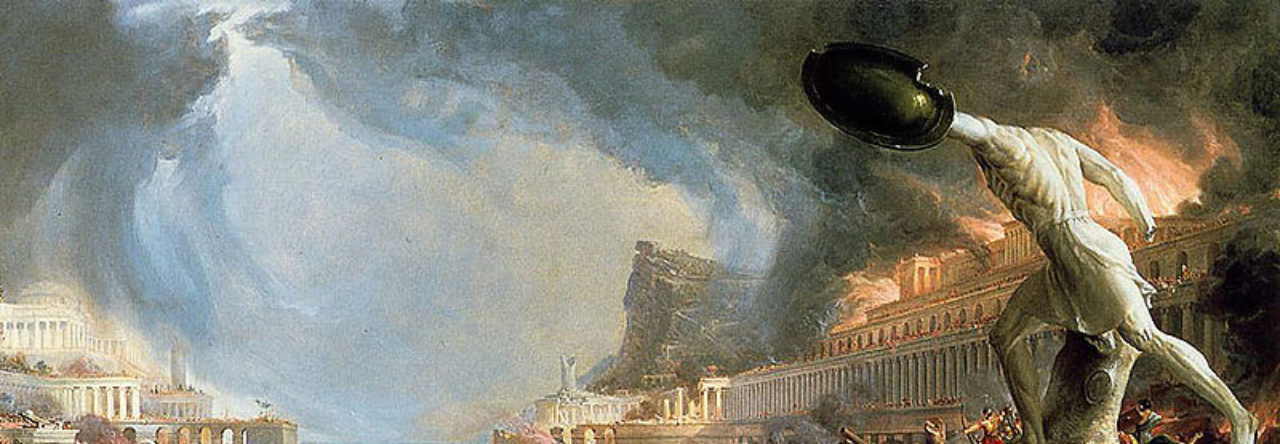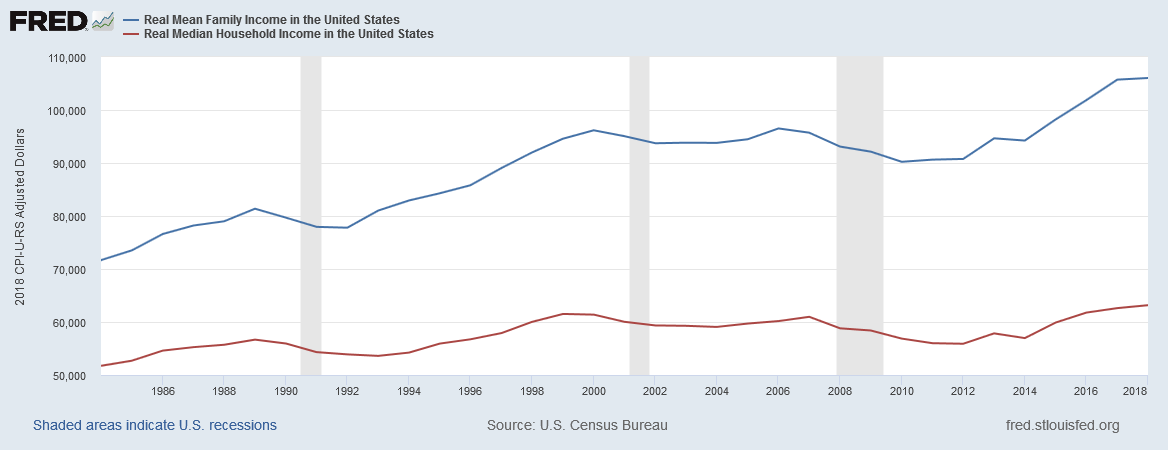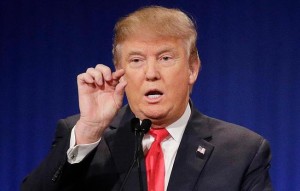Or, I should say, rather, of the Fed and Congress’s actions.
The Federal Reserve has spent one trillion a day for 30 days (when this is over, they’ll have spent more) to prop up markets and financial firms. They’re buying debt, and making non-recourse loans (non-recourse means there is no penalty for not paying the loan back).
Congress’s deal, includes $350 billion for small businesses, and $1,200 for individuals, +$500 per child, and some excellent provisions for laid off workers–but this is a one time payment, and if things go on, how many more be passed when business has their bailout? It also has some fairly stringent restrictions on stock buybacks and executive compensation.
But most of the bailing out, in this crisis (as in 2008), will be done through the Federal Reserve, whose operations dwarf those of Congress and the Treasury department.
Assuming this crisis goes on for months, in waves, which is what the science seems to say, predicting the end result is simple: A lot of small businesses will go out of business. A lot of people will lose their homes, and a lot of small landlords (not large ones) will lose their property.
Companies which are bailed out, and companies and individuals with strong cash positions going in, like private equity, will then do what they did after 2008: They’ll buy up distressed assets for dimes on the dollar and wind up owning more of the economy than they did going in. Industries will consolidate, as smaller firms go under, and the remaining companies will be even too-bigger-to-fail.
Must it be this way? No. Will it be this way? Assuming the policies continue as they are, yup. But there’s a lot of road to go, and when people start dying in droves the calculus may change if the politics change. In particular, if people truly can’t afford to eat or pay rent, in large numbers, things may get nasty. It’ll be interesting to see just how whipped Americans are: Are there circumstances under which they’ll actually revolt in a way that hurts elites?
A lot of this depends on how the pandemic plays out. If Trump and idiot governors can be convinced to stick out isolation, probably they’ll be able to slide by. If not, things will get ugly.
Much will also depend on whether Republicans want more bailouts through fiscal policy for corporations. If they don’t, they will resist sufficient money for ordinary people, which will make things worse (and cause people to break isolation).
It’s going to be an interesting few months.
But basically, nothing has changed in ruling lass ideology: Every crisis is to be used to increase the share of the economy, national wealth, and the income that the rich control.
So for this crisis is no exception.
(Update: Matt Stoller reports there’s trillions more dollars of giveaways:
So that’s the stuff that’s been reported. Here’s what hasn’t, and why the bill goes up in value to $6-10 trillion.
- An additional $4 trillion from the Federal Reserve in lending power to be lent to big corporations and banks.
- Authorization to bail out money market funds, multi-trillion dollar unregulated bank-like deposits for the superrich.
- Authorization for the the government through the Federal Deposit Insurance Corporation to guarantee trillions of dollars of risky bank debt.)
The results of the work I do, like this article, are free, but food isn’t, so if you value my work, please DONATE or SUBSCRIBE.



 Meritocracy is the simple argument that the best person for the job should do it and that our system tends to put the best person for a job in the position.
Meritocracy is the simple argument that the best person for the job should do it and that our system tends to put the best person for a job in the position.